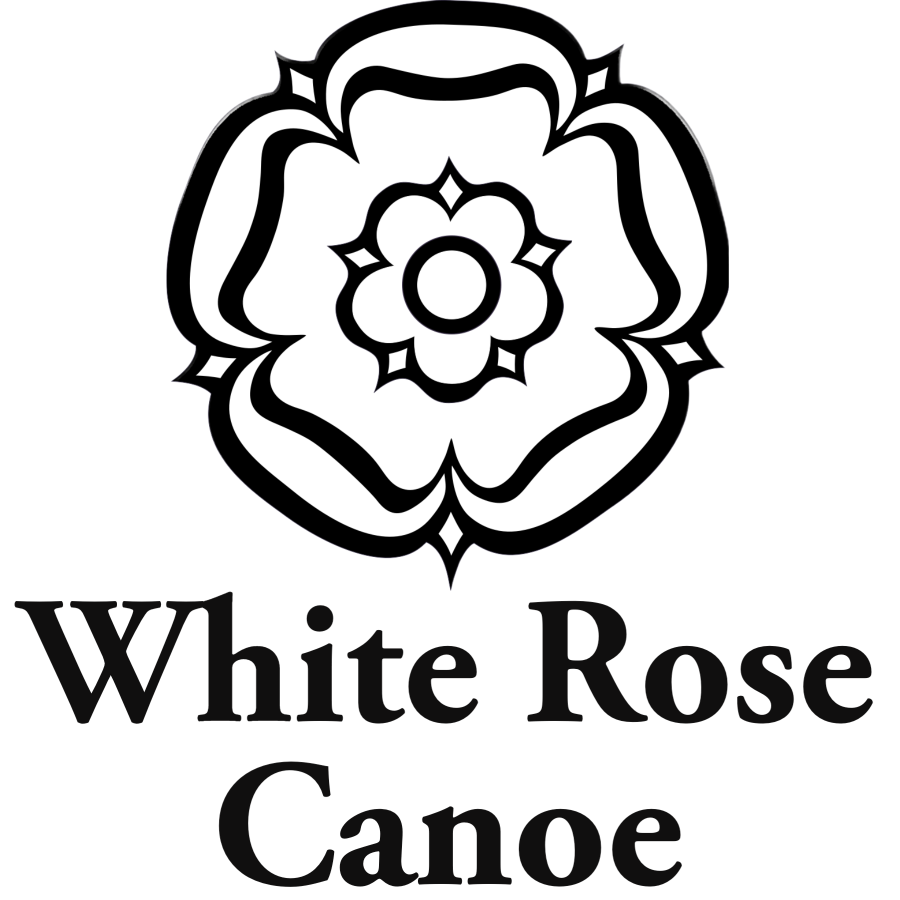Canoe Paddles
There are four things to look at when choosing paddles - shaft length (key to sizing a paddle), shaft type, blade type and grip type.
Shaft length (the key to sizing a paddle):
The shaft is the part of the paddle that connects you to the paddle blade. It runs from the top of the grip to the top of the blade - the point where the blade begins to widen.
Shaft length is the key to figuring out how long your paddle should be. Blade lengths vary widely based on blade type, but shaft length is consistent for a given paddler and boat. It's the length needed to fully immerse the blade when the paddler's top hand is about chin level.
The best way to determine your initial shaft length is to get in your boat on the water in your normal paddling position and measure it. While sitting/kneeling in your normal paddling position, hold your paddle as you normally would when the paddle is mid-stroke. Your grip hand should be between chin and shoulder. Mark the waterline on the paddle, and that’s your starting point for shaft length.
If that isn't possible, there are a number of ways to estimate the length. The most common method is to sit erect on a flat bottom chair (not padded). Rest a measuring device on the seat between your legs and measure to your eyebrows. That’s will give you an approximation of the paddle shaft length for a straight shafted paddle (Bent shaft paddles run about 2” shorter).
Once you've established the paddle shaft length you need, figuring overall paddle length is easy - it's the shaft length plus however long the blade you want is. Stern paddlers may want to add an inch or two for steering.
Shaft type:
Canoe shafts come in two broad types: straight shaft, where the paddle blade is in line with the shaft, and bent shaft, where the paddle blade is “bent” at an angle to the shaft.
The straight shaft paddle is both initially simpler to use and overall more versatile as your skills grow. The ability to easily use both sides of the blade and smoothly blend strokes offers almost limitless ways to move and control your canoe, and react to changing situations.
The bent shaft paddle is really at home on longer trips and expeditions on lakes and slow moving rivers. The slight bend between shaft and blade allows for a more efficient forward stroke, with the blade staying vertical in the water longer during the stroke. If you’re covering a lot of distance, a bent shaft used with the proper technique can be a real plus.
And oh yeah, there’s nothing wrong with switching between the two types.
Here’s a link to a Bending Branches post about the two types: Bent vs. Straight Shaft Canoe Paddles
Blade types:
There are a lot (I mean, a lot!) of different blade lengths and styles available to support different paddlers and water. There are literally entire books devoted to paddles and their blades. Here’s a very quick summary:
Blades for faster and/or shallow water tend to be shorter, broader and more rectangular (again, a lot of variation). The designs are good at getting the most square inches in the water quickly, and tend to have a powerful “catch” - strong pull at the very start of the stroke for immediate reaction. Good for dodging rocks, shallow water, and spots where immediate power is needed.
Blades for longer trips and/or deeper water tend to be longer and narrower. You’ll see names like beavertails (widest at the tip and narrowing - teardrop shape), ottertails (narrow tip, widening further up the blade, then narrowing again) and voyageur (narrower at the tip, widening continuously almost to the start of the shaft, then abruptly narrowing). These design have a “softer” catch, building power through the stroke. Slower to bring the canoe up to speed, they are excellent for cruising, requiring less effort to maintain speed.
One of the fun things about canoeing for many folks is trying out the variations in boats and paddles, fine tuning their choices as they gain experience with the various options. It’s never a bad idea to have a couple of different paddles with you to help manage changing conditions (you should have one more paddle than paddlers - there’s logic behind the “up the creek without a paddle” cliche).
Grip types:
Grips come in two broad categories - "palm" and "T"
"Palm" grips are the most common. There are sub-types but all share being rounded to fit in your palm and flowing smoothly into the shaft. This type of grip provides a lot of flexibility in handling the paddle, encouraging use of a variety of strokes.
"T" grips look like they sound - a cross piece perpendicular to the shaft. Mostly used in specialized whitewater and children's paddles. Give the firmest grip, but less flexible.
Summary:
Paddles are a key part of canoeing - they are a combination of the engine and the rudder, and represent an endless opportunity to try different styles and techniques, as well as make up some of your own. Have fun with them.
